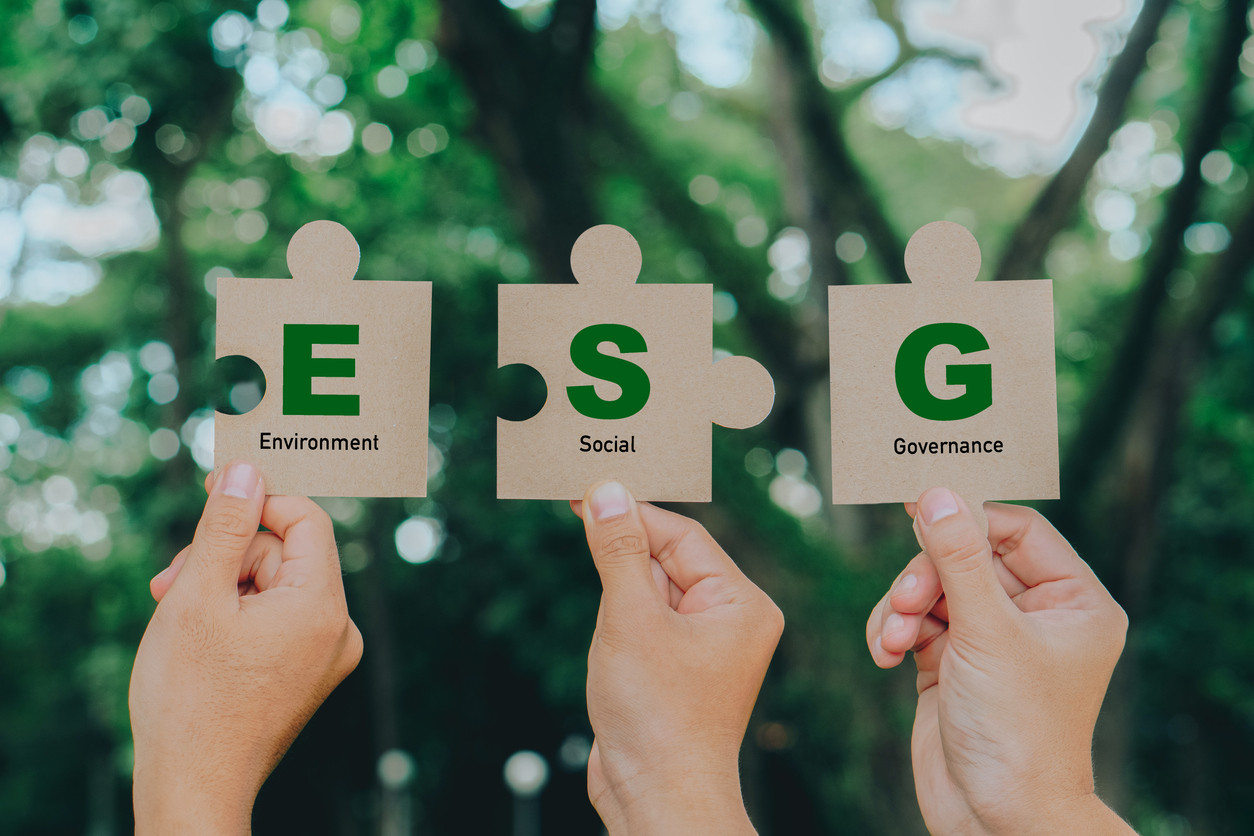How Managing Excess Inventory Contributes To Your ESG Goals
Buyer News | 13-06-2024 | By Waldom Electronics

Approximately 90% of S&P 500 companies have implemented environmental, social, and governance (ESG) programmes, publishing annual reports for shareholders and the public. In the electronics industry, ESG reporting has become crucial due to the sector's unique challenges and opportunities.
Environmental Focus: The "E" in ESG
Electronics manufacturers face significant environmental concerns due to the presence of toxic materials in their products. The industry's dominant focus within ESG is on minimising environmental impact. Common initiatives include:
- Reducing hazardous waste
- Minimising carbon footprints
- Promoting a transition to a circular economy
These efforts are essential as electronics pose several disposal challenges. For more on the environmental hazards of electronic components, refer to our previous discussion on this topic.
Social Responsibility: The "S" in ESG
Manufacturers are increasingly scrutinising their supply chains to ensure materials and parts are sourced ethically from companies that share their values. This emphasis on ethical sourcing encourages suppliers to adopt their own ESG policies, creating a ripple effect across the industry.
Governance Standards: The "G" in ESG
Governance in the electronics industry involves establishing internal rules that ensure:
- Diversity and inclusion
- Fair treatment of employees
- Safe working conditions
These governance practices help build a responsible and ethical corporate culture.
Addressing Excess Inventory: A Practical ESG Solution
What is Excess Inventory?
Excess inventory in the electronics sector can include:
- Components purchased in bulk for past products but no longer needed
- Extra stock from strategic purchasing during volatile supply chains
Traditionally, companies might have discarded these components to reduce warehouse costs. However, this practice is now viewed as environmentally irresponsible due to the pollutants that can leach from landfills.
The Green Stock Programme by Waldom Electronics
Waldom Electronics offers a sustainable solution for managing excess inventory through their Green Stock Programme. This initiative helps companies responsibly redistribute and remarket slow-moving and excess components, providing several benefits:
- Environmental Benefits: Prevents useful components from ending up in landfills.
- Economic Benefits: Allows companies to recoup value from excess inventory, converting potential waste into assets.
- Ease of Implementation: Manufacturers can easily participate by identifying part numbers, with Waldom handling logistics and providing compensation for repurposed stock.
Since its inception in 2010, the Green Stock Programme has repurposed over 5 billion components, with a goal to double this figure by 2028.
The Growing Importance of ESG Practices
Consumer-facing companies increasingly seek B2B partners that align with their ethical values. Electronics manufacturers are now evaluated not only on their products and services but also on their ESG practices.
Regulatory bodies are also pushing for higher standards. The SEC’s proposed climate disclosure rules and the FTC’s "Green Guides" set new benchmarks for ESG reporting and marketing claims. Voluntary adoption of responsible practices can mitigate the need for stringent regulations, reducing the burden of compliance.
Taking the First Step with Waldom
Adopting a sustainable brand strategy involves multiple facets, but managing excess inventory through Waldom’s Green Stock Programme is a tangible first step. This initiative not only demonstrates a commitment to ESG principles but also generates revenue from otherwise idle assets.
For organisations seeking to enhance their sustainability profile, re-evaluating disposal practices for slow-moving and excess components is an excellent starting point. By partnering with Waldom Electronics, companies can turn liabilities into assets and lead the way towards a greener, more circular economy. Reach out to Waldom today to elevate your ESG efforts and embrace a sustainable future.
Read the original blog here.

